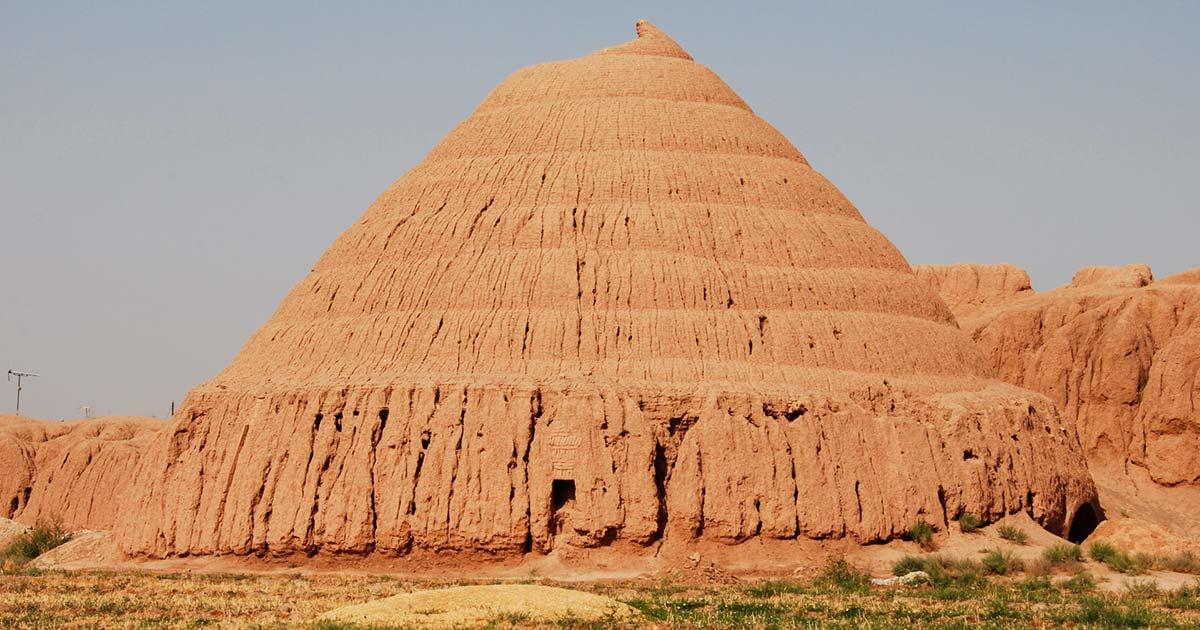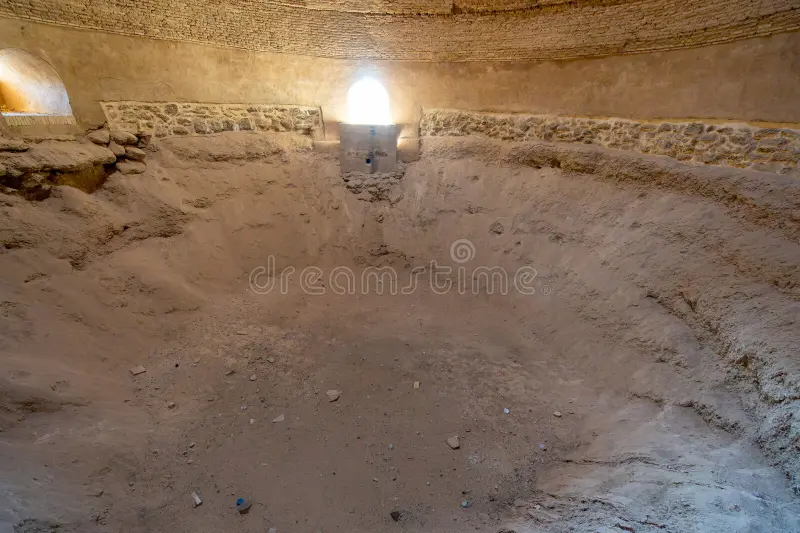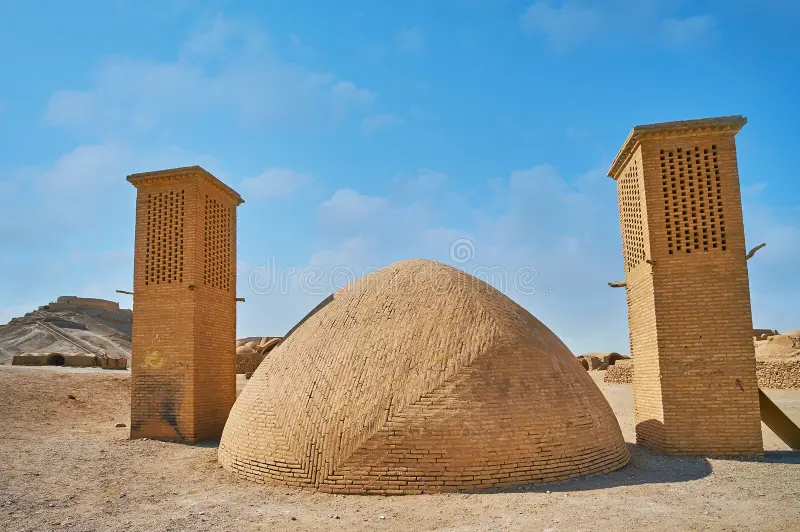Ancient Persian Ingenuity: The Yakhchal, a Desert Ice Maker
In ancient Persia, more than 2,400 years ago, people ingeniously created a method for producing and storing ice in the arid desert using a unique structure known as a Yakhchal, which translates directly to “Ice Pit.” These remarkable domed structures, found across the Iranian plateau, stand as a testament to the advanced engineering and environmental adaptation of Persian civilization. They allowed communities in scorching desert climates to enjoy ice even in the height of summer, a luxury that seems almost miraculous given the hot, dry conditions.

The genius of the Yakhchal lay in its passive cooling design, leveraging the desert’s extreme temperature fluctuations. During winter nights, water would be channeled from qanats (ancient underground aqueducts) or directly from streams into shallow, walled basins near the Yakhchal. As the desert temperatures plummeted below freezing, thin layers of ice would form. This ice was then broken up and carefully transported into the deep, insulated pit at the base of the domed structure. The Yakhchal’s thick, conical or domed mud-brick walls, reaching several stories high and often extending deep underground, provided exceptional thermal insulation.

Once sealed, the Yakhchal’s design ensured that the ice would remain frozen for months, even through the hottest summer days. A clever system of wind-catchers (badgirs) or vents sometimes helped to circulate cool air at night and expel warm air during the day, further enhancing its efficiency. This stored ice was not merely a luxury; it was used for preserving food, cooling drinks, and even for medical purposes, demonstrating a sophisticated understanding of thermodynamics and sustainable resource management long before modern refrigeration. The surviving Yakhchals today stand as silent, yet powerful, monuments to the enduring ingenuity of ancient Persian engineers.
